What's a porcelain ball?
Porcelain ball is a kind of ceramic products with different characteristics of various mud through the formula, after grinding, pressing mud, drying tower to make powder, through the boring ball equipment to make the shape of a ball, and finally through high temperature firing to form ceramic characteristics, referred to as inert porcelain ball, full name inert alumina porcelain ball, because it is mainly based on aluminum oxide chemical composition.
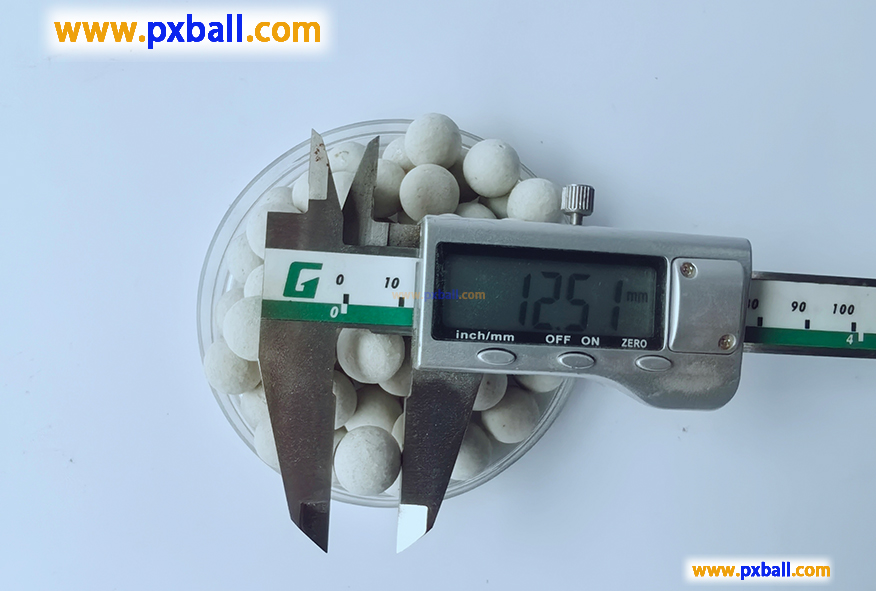
The role of the porcelain ball
In the reactor, packed tower and other equipment, the porcelain ball can be used as a filler, which can make the rising steam and the falling liquid evenly distributed in the tower, to ensure that the gas liquid is in full contact for mass transfer and heat transfer exchange.
In many chemical reactions, catalysts are needed to speed up the reaction. However, some catalysts may not be strong enough to withstand the pressure of materials in the equipment. At this time, the porcelain ball played an important supporting role. For example, in the reactor of synthetic ammonia, the porcelain ball is placed under the catalyst bed to hold the catalyst firmly to prevent it from breaking and sinking due to pressure, so as to ensure that the catalyst can continue to play an effective catalytic role.
How much is the porcelain ball per ton?
Inert ceramic ball is industrial, environmental protection is more widely used, some need hundreds of kilograms, some need dozens of tons, so the price here according to the retail kilogram calculation of about 5 yuan/kg, of course, the price of porcelain ball and technical requirements, quantity, transportation address, packaging requirements and other factors vary.
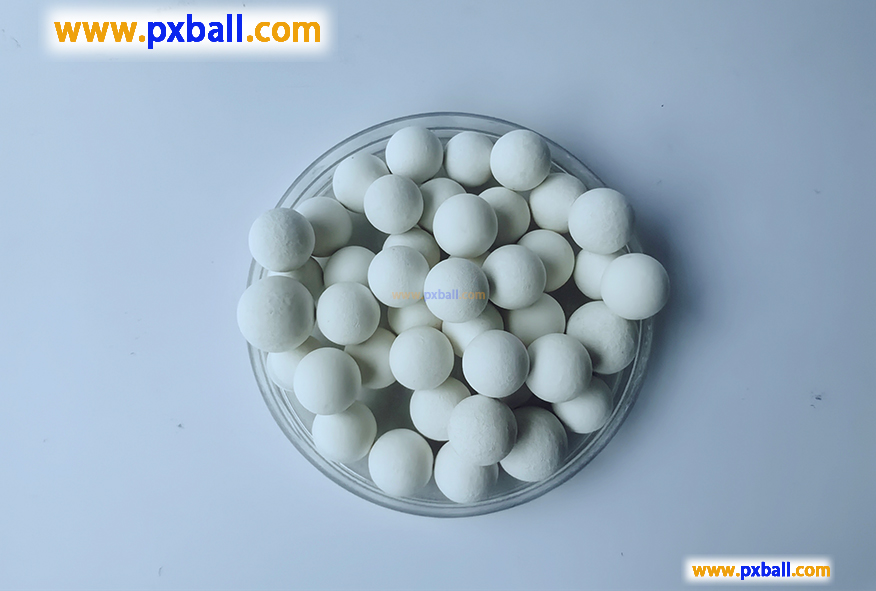
In what fields are porcelain balls used?
Reactor: In various chemical reactors, porcelain balls are often used as supporting materials and fillers. For example, in the synthetic ammonia reactor, the porcelain ball is placed under the catalyst bed to support the catalyst, prevent the catalyst from breaking or sinking due to pressure, and ensure that the catalyst can continue to effectively play the catalytic role.
Distillation tower and absorption tower: In the distillation tower of chemical production, the porcelain ball as a filler can make the rising steam and falling liquid evenly distributed in the tower, ensure the full contact of gas and liquid for mass transfer and heat transfer exchange, so as to improve the rectification effect and realize the effective separation of the mixture.
Refining unit: In the atmospheric and vacuum distillation unit and catalytic cracking unit of the refinery, the porcelain ball is used to support the catalyst bed to ensure that the catalyst can still work normally under the pressure of the material in the unit.
Ethylene production and other processes: In the ethylene production process, porcelain balls play a similar role in supporting and distributing materials in reactors, separation towers and other equipment. For example, in the ethylene cracking reactor, the porcelain ball supports the cracking catalyst, and the cracking raw material can be uniformly contacted with the catalyst, promoting the smooth cracking reaction and improving the ethylene yield.
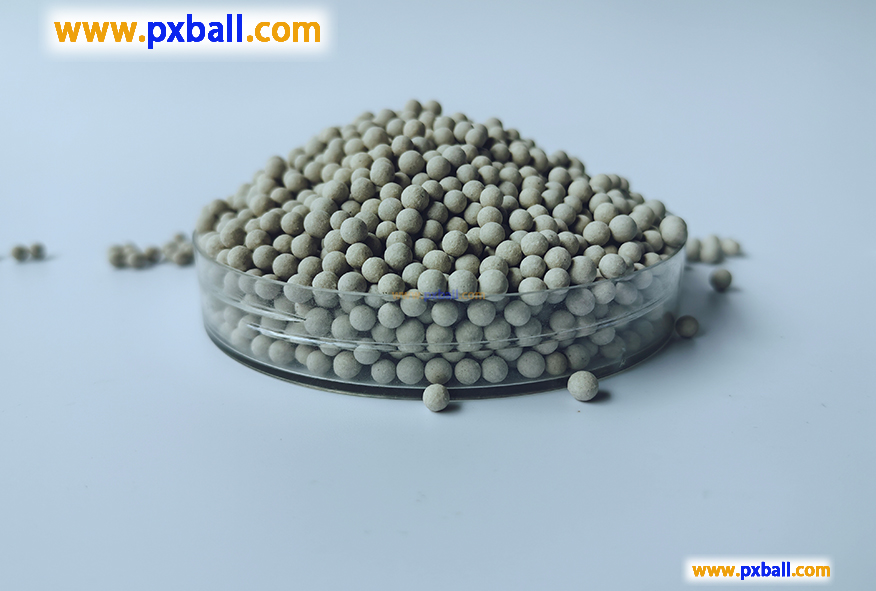
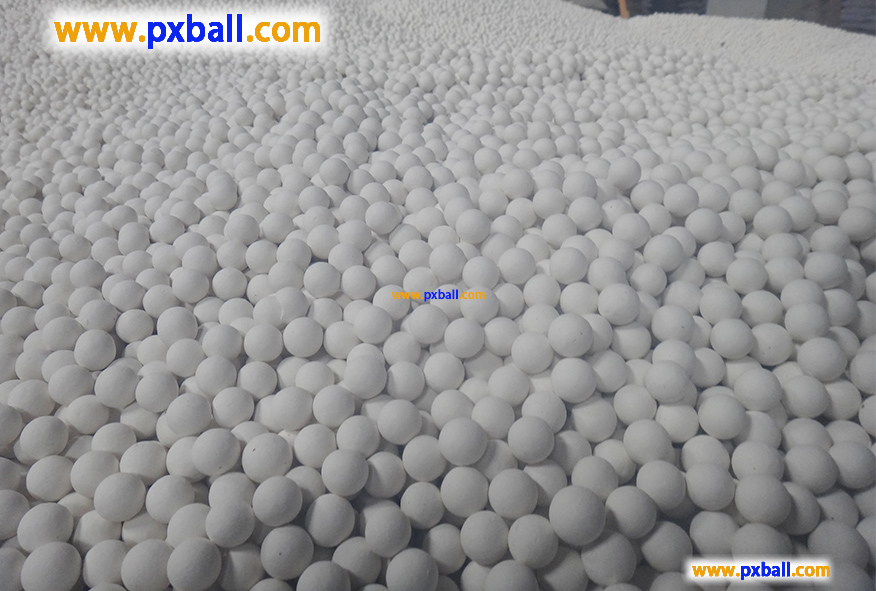
Catalyst Inert Ceramic Packing Process
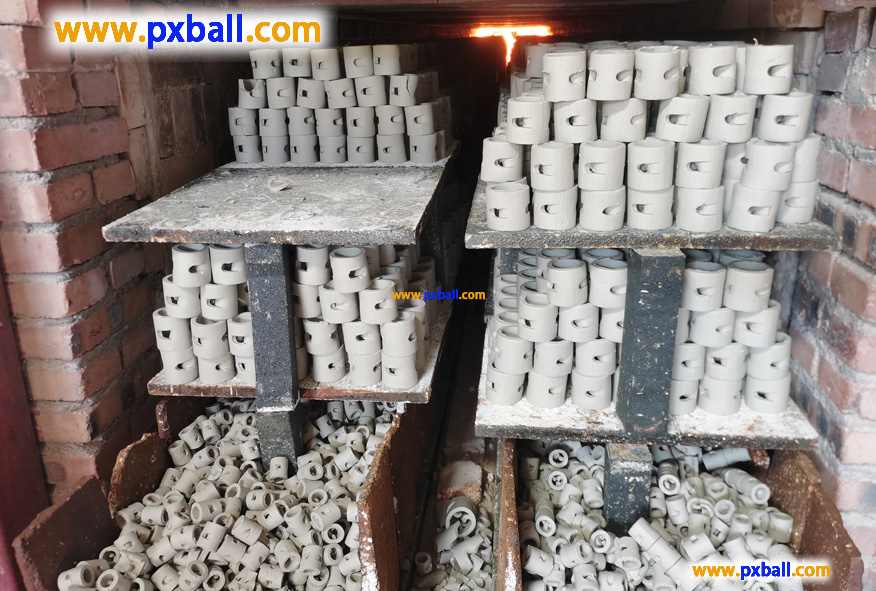
Is ceramic an inert waste?
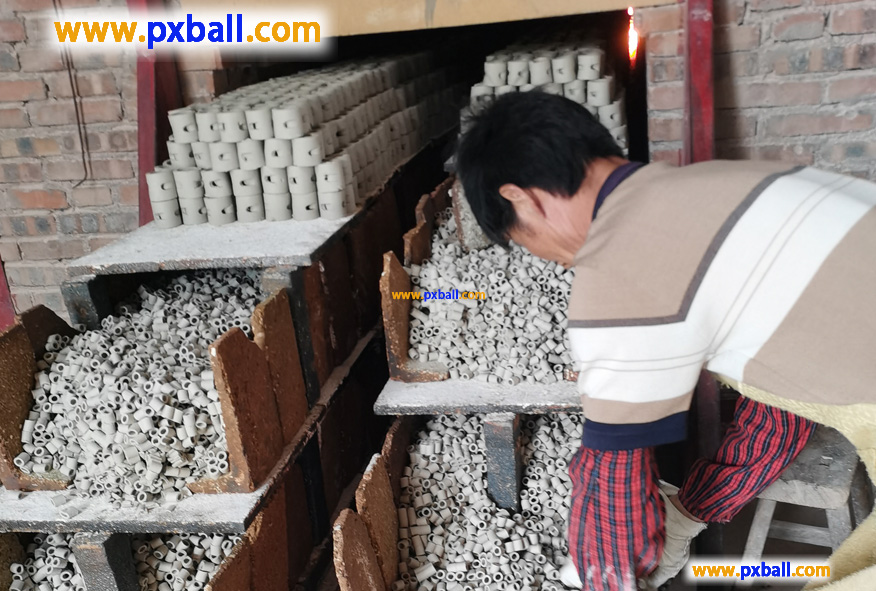
Are ceramics chemically inert?
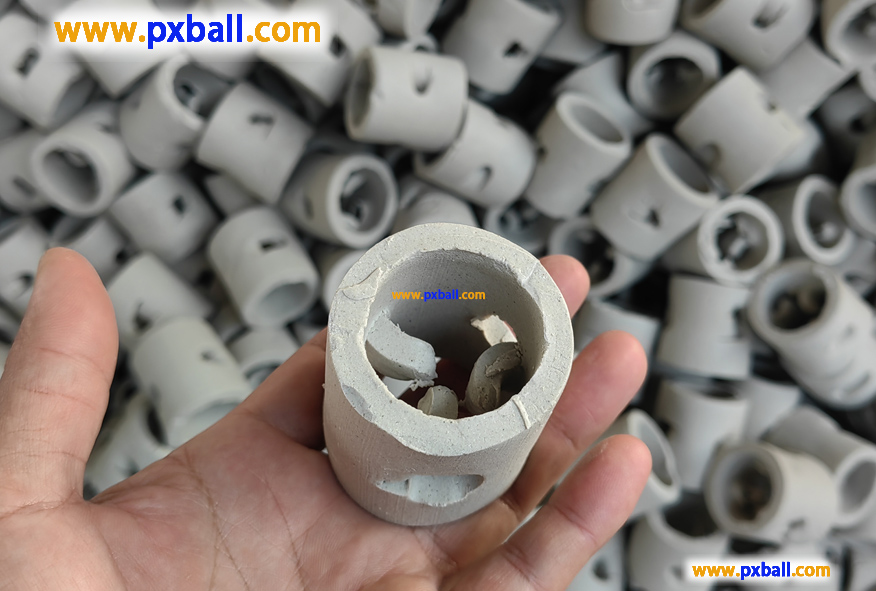
What is inert ceramics?
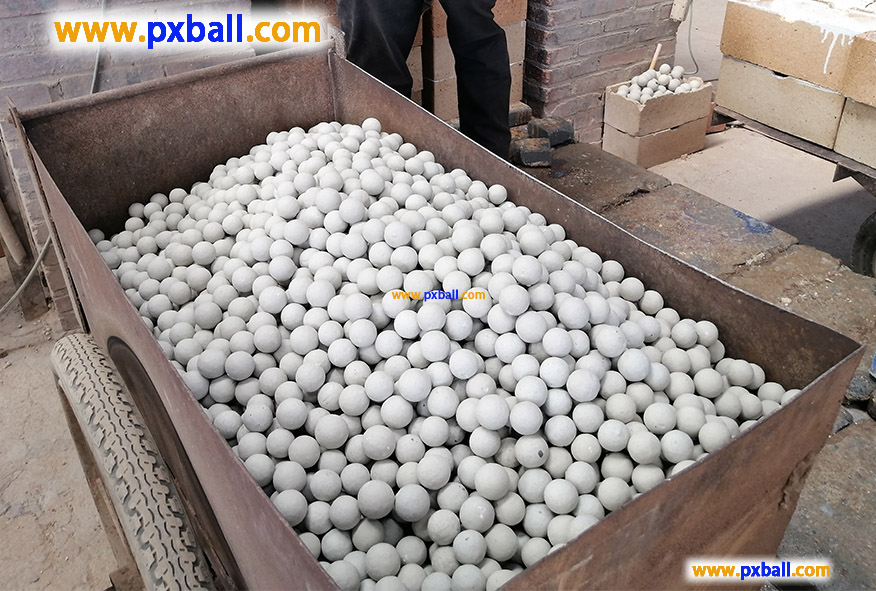
inert alumina ceramic ball density

Why do inert ceramic balls emphasize the level of aluminium content?
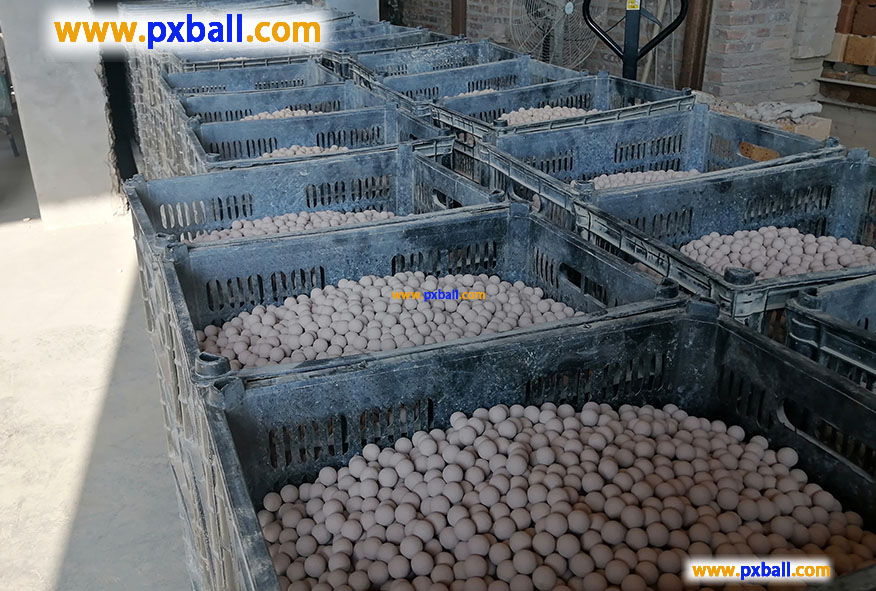
What are alumina ceramic balls used for?
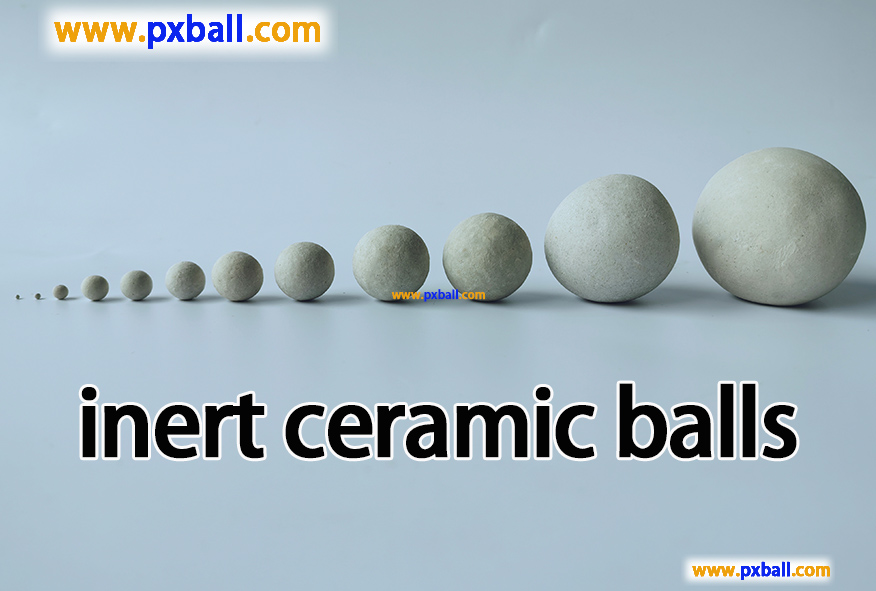
What is inert ceramic ball?